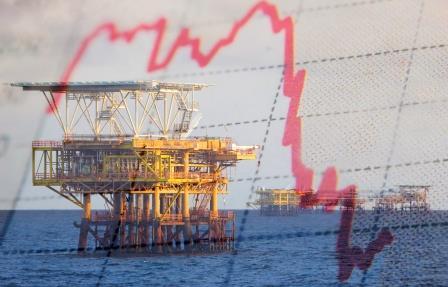The year 2022 was the most volatile period ever for natural gas prices. Issues in the global supply chain of energy commodities due to the Russia-Ukraine war, export hindrances from the US, and unexpected weather conditions in major energy-consuming countries resulted in unusual price fluctuations throughout the previous year.
The benchmark US NYMEX gas futures started last year at $3.81 mmbtu but abruptly rose to $10 in August on supply concerns. However, it lost momentum and settled at $4.47 mmbtu by the end of the year. Similarly, the European benchmark TTF quadrupled in the third quarter of 2022 but significantly liquidated later.
Russia was the key gas exporter to many European and other countries but slashed supplies in response to the sanctions placed on the country for its invasion of Ukraine. The curtailment of Russian gas flows and difficulty in sourcing gas from other countries forged worries over acute fuel shortages in the second half of 2022. This has disturbed global trade flows that hampered consumers, businesses, and economies worldwide.
High energy prices adversely hit the European economy by sending inflation to multi-year highs. To beat the Russian chokehold on gas supplies, Europe was looking everywhere for energy to keep its economy running. Last year, the gas market saw actions like restarting coal-fired power plants, investing billions in terminals to import LNG from the US, and negotiating energy accords with other major gas producers.
Amid restricted Russian supplies, issues with export from Freeport LNG, the second-biggest liquefied natural gas export facility in the US also created supply tightness. This facility accounts for about 20 percent of US LNG export capacity and has been shut since June 8 after an explosion and fire. European purchasers who were looking to replace Russian gas had less fuel available due to export problems in US export hubs.
Extreme weather condition in key consuming countries was the other challenge to prices in 2022. Temperatures rose globally, leading to heatwaves and spells of warmer-than-average weather reported from several countries weighed on the peak winter-related heating demand of the fuel.
The global gas demand has also fallen last year. This resulted from consumers switching to alternative fuel derivatives with better incentives, such coal and crude oil. As per the IEA report, Europe’s gas consumption sheds more than 10 percent in the first eight months of 2022. Winter season demand from the region is also expected to be much lower than its average level.
At the same time, it is estimated that the US natural gas consumption would reach record levels in 2022 due to increased demand from the electric power sector. Production numbers also reached record highs because of higher rig counts and increased takeaway capacity. Meanwhile, inventory levels were near historically low for much of 2022 as temperature-related demand increased and outpaced production growth.
Looking ahead, the ongoing weakness in prices is likely to continue in the immediate future due to the weak demand outlook. Easing uncertainties in the supply chain and record production from the US may also deepen the sentiments. Meanwhile, the long-term sentiment remains clouded in the fuel. Supply outlook from Russia, Europe’s energy crisis, weather-related demand, and challenges on exports from the US remain to cast uncertainty on the price of the cleanest fossil fuel.
First published in The Economic Times








